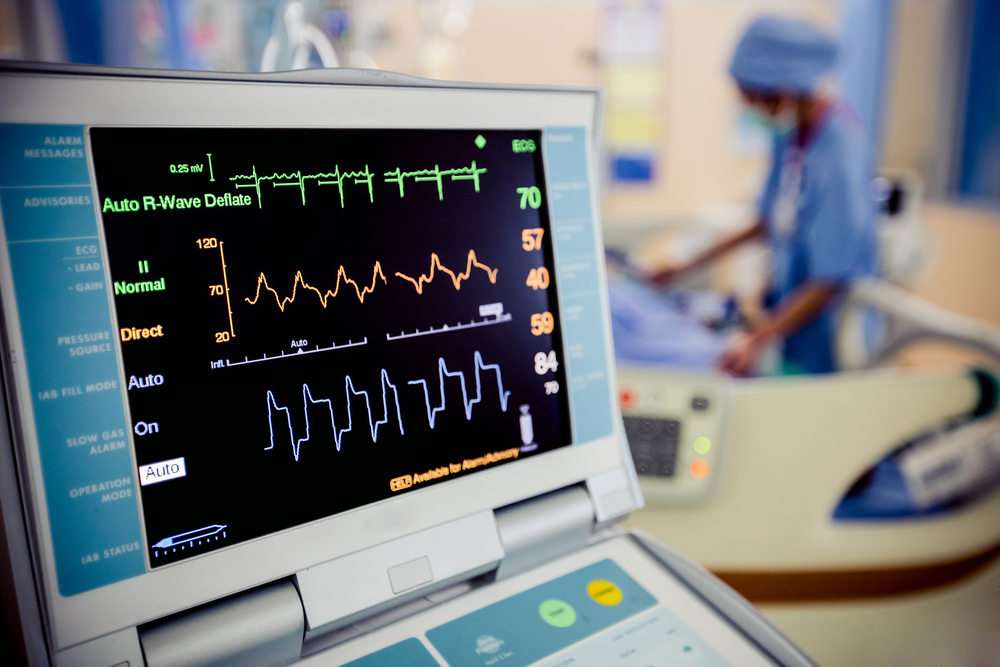Understanding the Significance of Heart Rate Monitoring for Athletes
This article highlights the vital role of heart rate monitoring for athletes, explaining how tracking resting and maximum pulse rates can optimize training, improve cardiovascular health, and prevent overexertion. Understanding these metrics helps athletes tailor workouts to their individual fitness levels, ensuring safe and effective exercise routines. Regular pulse monitoring is an essential part of athletic training, enabling better performance and stamina development over time.

The Importance of Heart Rate Monitoring for Athletes
The pulse rate, or heart rate, indicates the number of heartbeats per minute. It reflects how efficiently your heart pumps blood to the entire body, producing detectable pulses in areas like the wrist, neck, or arm. Tracking your pulse helps assess heart health and fitness levels. For athletes and fitness enthusiasts, monitoring pulse before and after workouts provides valuable insights into their physical performance and recovery. This practice is essential for optimizing training and preventing overexertion.
The key metrics for evaluating fitness are resting pulse rate and maximum pulse rate.
Resting pulse rate
This is the number of heartbeats per minute when you are completely at rest, indicating your baseline cardiac function. Well-trained athletes typically have a resting pulse between 40 and 60 beats per minute, reflecting superior cardiovascular health. Conversely, average adults usually have a resting pulse between 60 and 100 beats; for children, it ranges from 70 to 150 BPM, depending on age and individual factors.
Maximum pulse rate
This is the highest number of beats your heart can reach during intense activity. It generally depends on age and gender. For example, individuals in their twenties may have a maximum pulse rate around 200 BPM, whereas those in their forties might reach 175 to 180 BPM. Knowing this limit helps athletes plan their training intensity effectively.
Monitoring both rates allows athletes to create personalized training zones, avoiding undue stress on the heart or insufficient effort. This approach benefits weight management, stamina building, and overall fitness development. Regular tracking enhances cardiac health and endurance over time.
Note:
Our blog offers diverse, practical information across various topics. While our research aims to provide accurate insights, readers should not consider articles as definitive. The team is not responsible for discrepancies or inaccuracies when comparing sources. Additionally, special offers or schemes may vary and are not guaranteed to be covered here.










